Have you ever slipped into a pair of Converse shoes and felt that unbeatable blend of style and comfort? We bet you have!
There’s no doubt that these shoes are the unbeatable kings of casual footwear, but are Converse shoes good for running? It’s a question that crosses the minds of many as they eye those classic sneakers.
So, from their laid-back style to the nitty-gritty details, let’s explore these shoes to find out if they’re your new running BFF or better left for leisurely strolls.
Converse Shoes: A Brief Overview
Before anything else, let’s take a stroll down memory lane to learn about the humble beginnings of this sneaker brand.
Known as the OGs of the sneaker scene, Converse stepped onto the footwear stage in the early 20th century to cater to the needs of basketball players. Today, though, these kicks have become practically synonymous with street style.
Chuck Taylors, One Stars, Jack Purcells—each one of these styles offers its own flavor but shares that unmistakable Converse branding. Whether you’re rocking them on the court or strutting down the street, they’ve got that charm that’s hard to resist.
To understand why, let’s look at what makes Converse, well, Converse. The iconic canvas upper gives these shoes a lightweight and breathable feel. But this also means a thin sole with little to no cushioning and shock absorption.
Sure, the flat sole offers a sense of groundedness, but it falls short of providing arch support. And since you need good arch support for running, many question whether these shoes are up to the challenge.
Are Converse Shoes Good for Running?
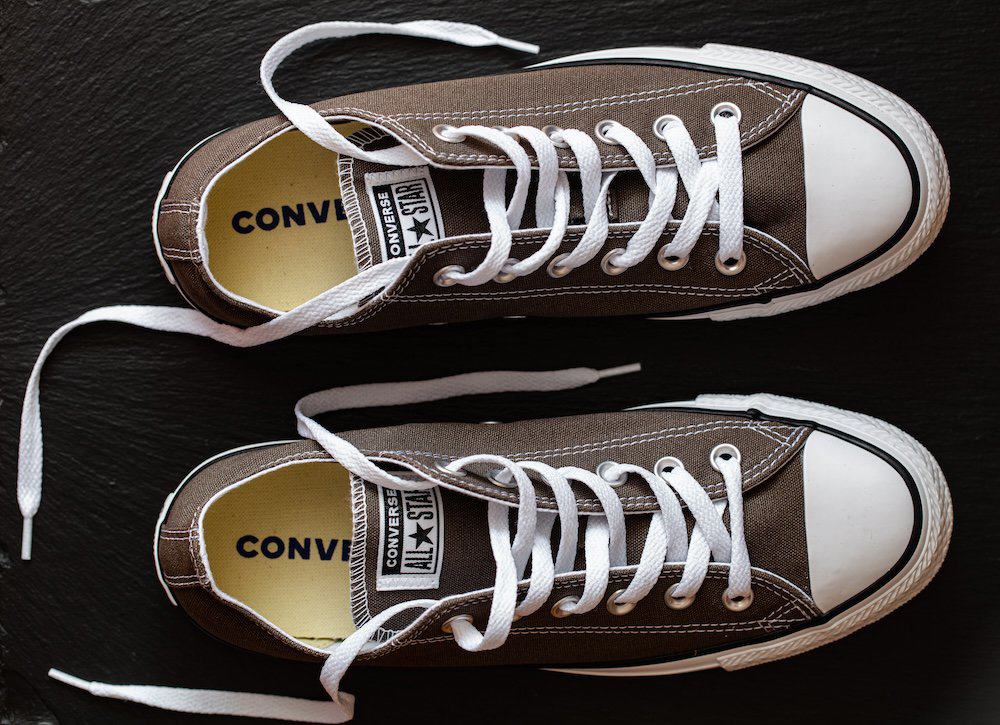
Now, let’s dive into the burning question. Running demands a lot from our shoes. Do Converse shoes cut it in the running game when you consider cushioning, support, flexibility, breathability, and traction? Let’s find out!
Cushioning
Running is a high-impact activity that subjects your feet to repeated pounding against the ground. Running shoes need generous cushioning to absorb these shocks and protect your joints.
Unfortunately, Converse shoes fall short in this department. Their thin soles provide minimal cushioning, leaving your feet vulnerable to impact-related injuries.
Support
Stability and support are important for maintaining proper foot alignment and preventing injuries during runs. That is why running shoes typically feature built-in arch support, which helps control the inward rolling of your foot (pronation).
With their flat soles and lack of arch support, Converse shoes do little to prevent pronation. This feature increases your risk of overpronation-related injuries if you use them for running.
Flexibility
Running involves a range of motion, from heel strike to toe-off. To accommodate this movement, running shoes are designed with flexibility in the sole and upper.
Converse shoes, however, are known for their stiff construction that offers limited flexibility. As you can imagine, this rigidity can restrict your stride, hinder your running performance, and increase muscle strain.
Breathability
During runs, your feet sweat. Proper breathability in your shoes is crucial for preventing moisture buildup and promoting comfort.
Running shoes typically feature breathable mesh uppers that allow sweat to escape. Converse shoes, with their canvas upper, offer less breathability. They trap moisture and increase the risk of blisters and discomfort.
Traction
Running on various surfaces, from sidewalks to trails, requires shoes with adequate traction to prevent slips and falls.
Running shoes typically feature aggressive tread patterns that provide grip on different terrains. Converse shoes, with their smooth soles, lack traction, especially on wet or uneven surfaces.
The verdict?
Converse shoes, while iconic and stylish, are not designed for running and fail to meet the essential footwear requirements for this activity. Their lack of cushioning, support, flexibility, breathability, and traction make them unsuitable for running.
What Are the Potential Risks of Running in Converse Shoes?
Strapping on a Converse for a run might seem like a rebellious move, but it’s not all edgy street cred. Running in these classics poses potential risks that could rain on your running parade, including:
Foot and Joint Injuries
Without cushioning and arch support, expect strain on your lower legs that can cause nagging shin splints and an increased risk of plantar fasciitis, a painful inflammation of the connective tissue in the heel. It can also cause ankle sprains, especially when running on uneven surfaces.
Blisters and Chafing
The minimal cushioning and breathability might spell discomfort, especially during longer runs. The thin canvas upper can rub against your skin and cause blisters, while the lack of breathability can trap moisture and heat that can lead to chafing.
Reduced Performance
Add poor support, flexibility, and traction into the mix, and you’ve got a recipe for reduced running performance and efficiency. You may notice instability and inefficiency in your gait, as well as restricted strides and limited range of motion. You’re also more prone to slipping.
In the race against running-related injuries, your choice of footwear is your greatest ally. Proper running shoes not only enhance comfort but also significantly mitigate the risks of injuries, ensuring you stay on the track longer and stronger.
What Are the Alternative Footwear Options for Running?
When it comes to running, the right footwear can be the difference between a blissful jog and a painful experience. While Converse shoes might not cut it for serious running, there’s a spectrum of alternatives that cater to every runner’s needs.
For runners looking for the right pair, variety is the spice of life. Finding the perfect fit depends on your running style, preferences, and the kind of adventure you’re embarking on. Here are your options:
Dedicated Running Shoes
ASICS Men’s Gel-Venture 8 Running Shoes
The unsung heroes of the track, dedicated running shoes are crafted with the runner in mind. They boast optimal cushioning to absorb impact, robust arch support, and flexibility for natural movement.
They also have better breathability to keep your feet cool and traction to tackle various terrains. It’s like they were custom-made for the runner’s soul.
Cross-Training Shoes
ALTRA Women’s Solstice XT 2 Cross-Training Shoes
For those who dabble in more than just running, cross-training shoes are your versatile companions. They provide a balanced mix of comfort and performance, suitable for running and a medley of other activities.
Think of them as the multitaskers of the shoe world—ready for whatever workout you throw at them.
Minimalist Shoes
Reserved for the seasoned runner, minimalist shoes offer a more natural running experience. With less cushioning and a lower profile, they encourage a midfoot or forefoot strike.
However, they come with a disclaimer: proper running form and a gradual adaptation period are crucial. It’s a choice for those seeking a close-to-the-ground feel and a bit of a rebel spirit in their run.
Choosing Function Over Fashion
So, are Converse shoes good for running? Converse shoes showcase their prowess as style icons but stumble when the rhythm turns to running.
These classics excel in casual coolness, but the absence of crucial elements like substantial cushioning and arch support make them less than ideal for the running track. They may suffice for brief sprints but are less than ideal for extensive runs.
Remember, the road to a satisfying run is paved with the right footwear, so choose wisely. A good run isn’t just about the distance covered but also the comfort and support that carry you through the journey.






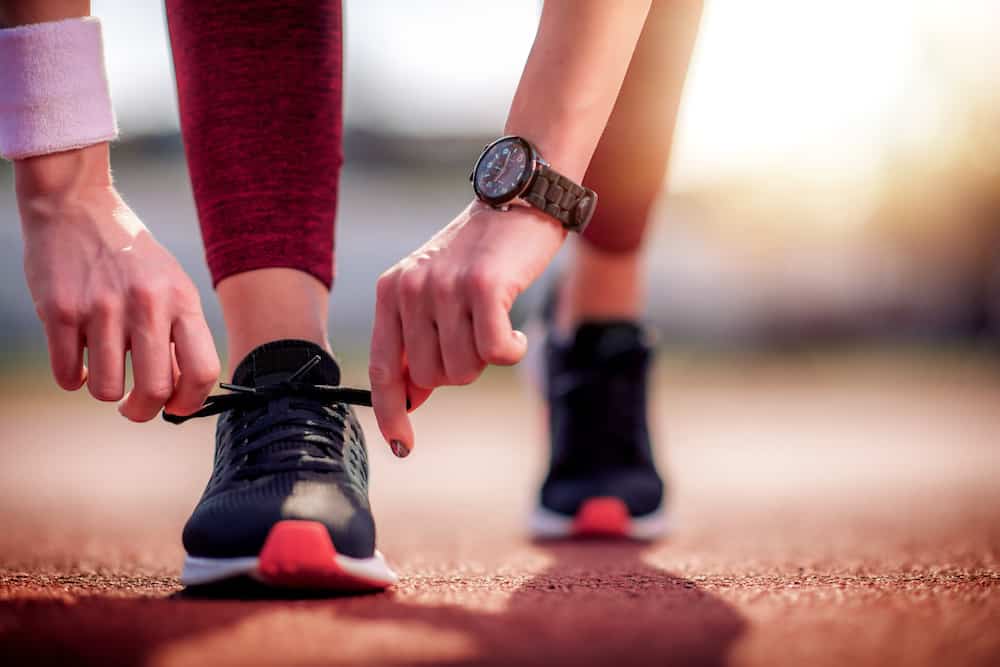
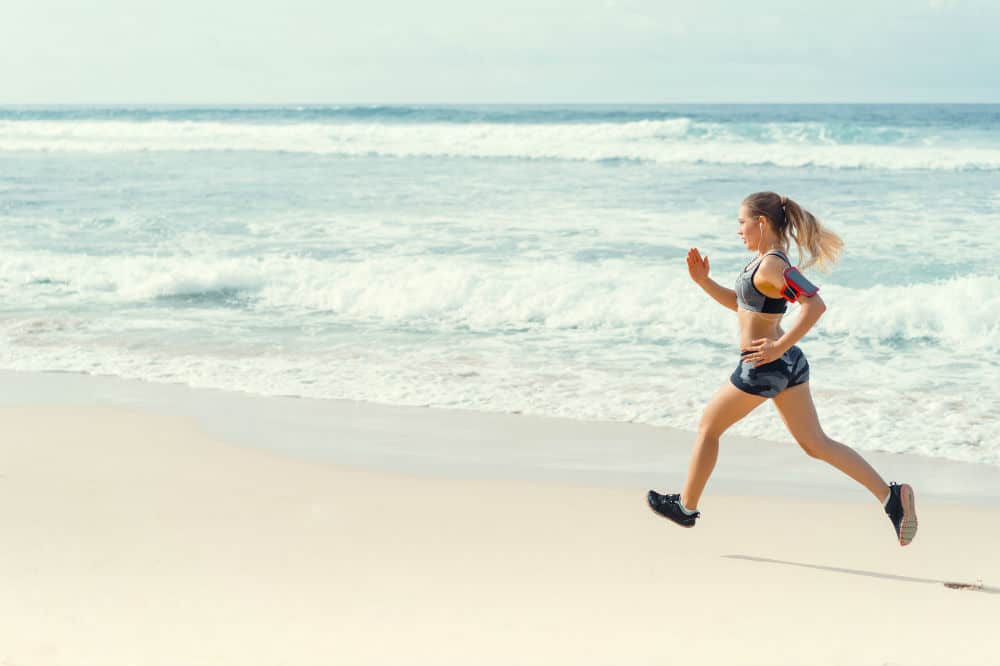

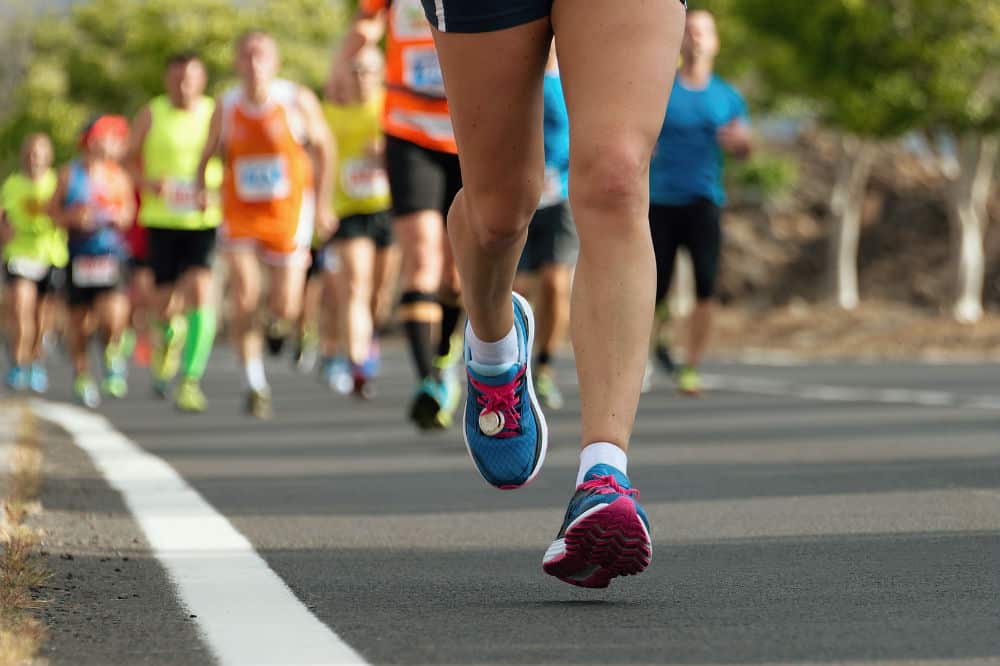

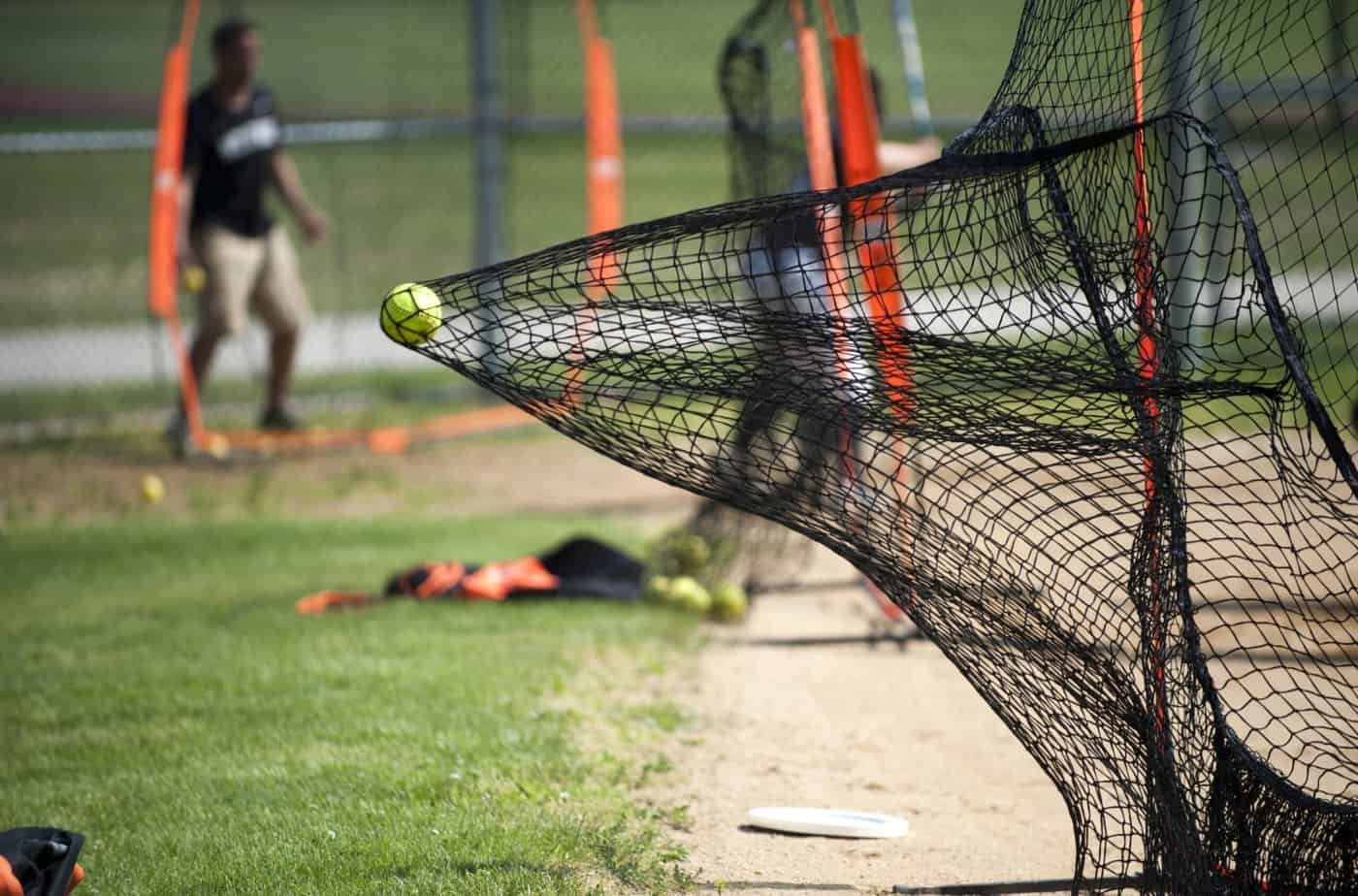






This was really interesting to read! I’ve thought about different running shoes before and heard some people talking about running in converse, but was never really sure if they were well suited to the job or not.
Now I know to definitely keep my converse for trips out to town rather than on a morning run.
Do you have a favourite running shoe or shoe brand?
Hi, Ursidae, and thank you.
Thank you for your kind words.
I have had some through the time. I have always been a big fan of Adidas and Nike. Later come Under Amour and the latest Brooks, which are incredible running and walking shoes!
Don’t hesitate to contact me to help you with anything else or if you have any questions.
Hello! I’ve always been a fan of my Converse for that unbeatable blend of style and comfort, but the thought of using them for running never crossed my mind.
The insight on the potential risks, like foot and joint injuries, blisters, and reduced performance, really got me thinking. It seems like Converse might not be the ideal running companion after all.
Now, I’m curious, what is your favorite running shoe brand? With so many options out there, I’m looking for a pair that is the right balance between style and functionality. If you could share your thoughts on the perfect running kicks, I would appreciate it!
Hi, Leonardo Vicari, and thank you.
Thank you for your kind words.
My favorite brands have developed through time. Some come strong and are not kept there; others are “classic” for me. In the second part are Adidas and Nike, and a short time ago, Brooks was added to this list.
The first part is, for example, Under Armour. But it is important to find what fits you best and most comfortable.
Luckily, we are all different, and there are many great brands right now, so we at Sportssend do all we can to give you all as much good information as possible so you can find what is best for you.
Don’t hesitate to contact me to help you with anything else or if you have any questions.